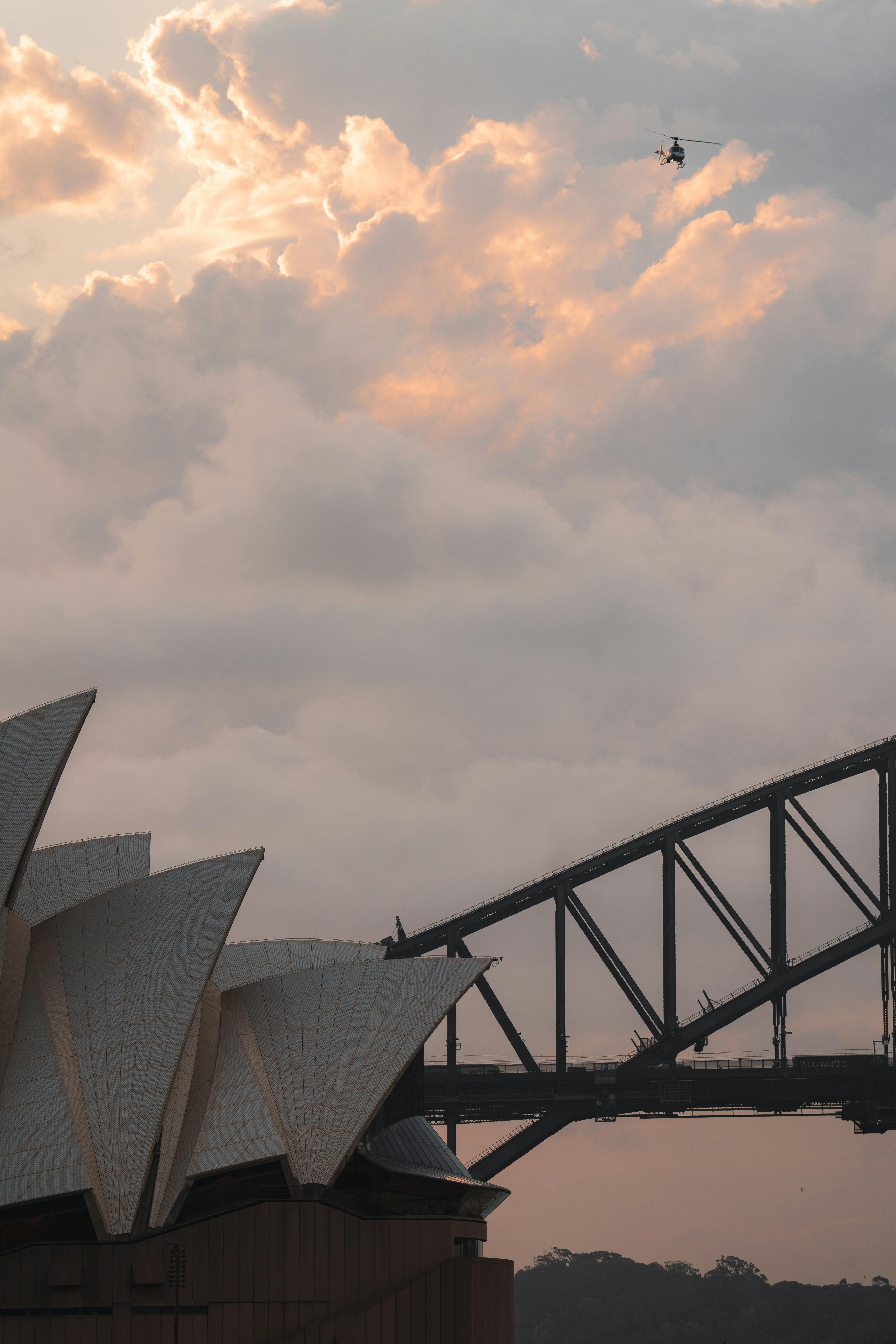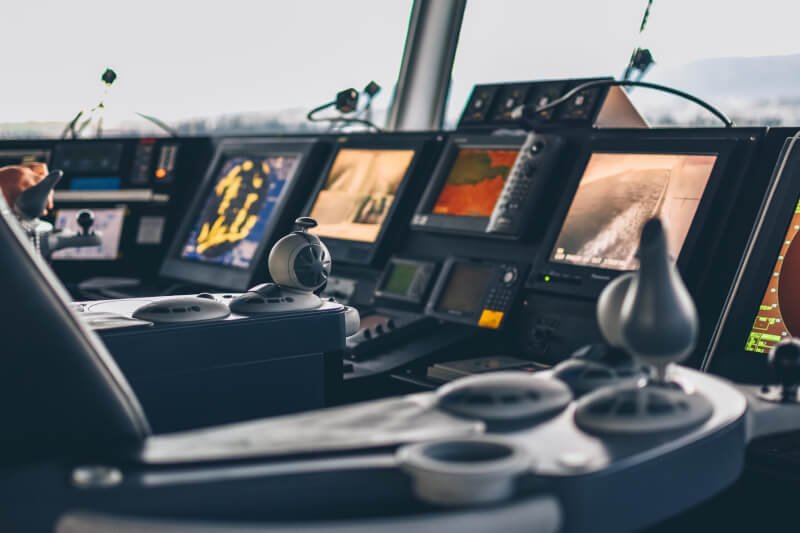Have you ever wondered how long an RC helicopter or quadcopter can stay in the air? Well, in this article, we will explore the flight time of these popular remote-controlled flying machines. Whether you’re a seasoned RC pilot or a beginner looking to get into the hobby, understanding the flight time can help you plan your aerial adventures and make the most out of your flying experience. So, let’s take a closer look at how long these airborne wonders can stay aloft and what factors can affect their flight duration.

Factors Affecting Flight Time
Flying an RC helicopter or quadcopter can be an exhilarating experience, but one crucial factor that every hobbyist should consider is the flight time. How long you can keep your aircraft in the air before having to recharge or replace the batteries can greatly impact your overall enjoyment. Several factors contribute to the flight time of these remote-controlled flying machines, and understanding them can help you maximize your time in the sky.
Battery Capacity
One of the primary factors affecting the flight time of an RC helicopter or quadcopter is the battery capacity. Batteries serve as the powerhouse of these aircraft, providing the necessary energy to keep them flying. The higher the battery capacity, the longer your flight time will be. When choosing batteries for your RC aircraft, it’s essential to consider their capacity.
Importance of Battery Capacity
The battery capacity is measured in milliampere-hours (mAh), which indicates how much charge the battery can store. The higher the mAh rating, the longer it can power your aircraft. It’s crucial to select batteries with a sufficient capacity for your flying needs. Smaller capacity batteries may be suitable for shorter flights and casual flying, but for longer flight times, opt for batteries with higher capacities.
mAh Rating
When shopping for batteries, you’ll come across different mAh ratings. This rating signifies the overall charge storage capacity of the battery. For example, a 1500mAh battery can provide 1500 milliampere-hours of charge before needing to be recharged. Keep in mind that higher mAh ratings often result in larger and heavier batteries, so find a balance between flight time and weight.
Battery Life Expectancy
The battery life expectancy refers to the number of charge and discharge cycles a battery can endure before its overall capacity significantly degrades. This factor is essential to consider when choosing a battery for your RC aircraft. High-quality batteries with a longer life expectancy can provide consistent flight time over an extended period. Always follow the manufacturer’s guidelines for maintaining and replacing batteries to ensure optimal performance.
Type of Battery
Another crucial factor influencing flight time is the type of battery used in your RC helicopter or quadcopter. Different battery chemistries come with their own advantages and drawbacks, affecting flight characteristics and overall flight time.
Lithium-Polymer (LiPo) Batteries
Lithium-polymer batteries, commonly known as LiPo batteries, are widely used in the RC hobby industry due to their high energy density and lightweight construction. They offer excellent power-to-weight ratios and can provide longer flight times compared to other battery types. However, LiPo batteries require specific care and attention during charging, discharging, and storage to ensure safety and longevity.
Nickel Metal Hydride (NiMH) Batteries
NiMH batteries are another popular choice for RC aircraft due to their relatively low cost, ease of use, and environmentally friendly nature. While they may not offer the same energy density as LiPo batteries, they can still provide respectable flight times. However, their heavier weight can result in decreased flight performance and shorter flight times compared to LiPo batteries.
Lithium-Ion (Li-ion) Batteries
Lithium-ion batteries, often found in consumer electronics, offer a good balance between energy density and safety. They can provide decent flight times and are generally safer to handle compared to LiPo batteries. However, their energy output may not be as high as LiPo batteries, limiting their flight time potential.
Other Battery Types
Besides the common battery types mentioned above, there are other options available for RC aircraft, such as lithium iron phosphate (LiFePO4) batteries and alkaline batteries. LiFePO4 batteries offer improved safety and longer cycle life, but their lower energy density can result in shorter flight times. Alkaline batteries, commonly used in disposable applications, are not suitable for sustained flight operations due to their low energy density and weight.

Battery Care and Management
To ensure optimal flight time and maintain the longevity of your batteries, it’s crucial to follow proper care and management practices.
Proper Charging and Discharging
Proper charging and discharging techniques are vital for maximizing battery performance and extending their overall lifespan. Use chargers specifically designed for your battery type and always follow the manufacturer’s instructions. Avoid overcharging or discharging your batteries beyond their recommended levels, as this can lead to reduced capacity and potential damage.
Storage and Handling
Proper storage and handling are crucial to prevent battery degradation and ensure safety. Store your batteries in a cool, dry place, away from direct sunlight or extreme temperatures. When not in use for an extended period, partially charge or discharge your batteries to their recommended storage levels. When handling batteries, always use appropriate safety precautions and avoid damaging their casings.
Battery Aging and Replacement
Batteries have a finite lifespan, and as they age, their capacity and overall flight time will gradually decrease. Keep track of the number of charge and discharge cycles your batteries go through, as this can give you an idea of their remaining lifespan. When you notice a significant decrease in flight time or other performance issues, it’s time to consider replacing your batteries with newer ones.
Weight of the Helicopter/Quadcopter
The weight of your RC helicopter or quadcopter directly influences its flight time. As a general rule, lighter aircraft tend to have longer flight times compared to heavier ones.
Impact on Flight Time
The weight of the aircraft affects the amount of power required to keep it airborne. Heavier aircraft demand more energy to counteract gravitational forces and maintain stable flight. This increased power requirement leads to shorter flight times. When choosing an RC aircraft, consider the weight and balance it with your flight time expectations.
Lightweight Design Advantages
Opting for a lightweight design can significantly improve your flight time. Manufacturers commonly use lightweight materials like carbon fiber, aluminum, or high-quality plastics to reduce the overall weight of the aircraft without compromising its structural integrity. Choosing a lightweight RC helicopter or quadcopter allows you to maximize the flight time and overall performance.
Power-to-Weight Ratio
The power-to-weight ratio is a critical consideration when it comes to flight time. This ratio represents the amount of power available to the aircraft relative to its weight. A higher power-to-weight ratio allows for more efficient flight characteristics and longer flight times. By focusing on reducing overall weight and maximizing power output, you can achieve optimal power-to-weight ratios and extended flight times.

Flying Style
How you fly your RC helicopter or quadcopter also plays a significant role in determining the flight time. Your chosen flying style and the manner in which you maneuver the aircraft can impact the duration of your flights.
Hovering vs. Aggressive Maneuvers
Hovering is a relatively calm flying style that involves maintaining a stationary position in the air. Compared to aggressive maneuvers like sharp turns or multiple rapid ascents and descents, hovering allows for longer flight times. Aggressive maneuvers require higher power outputs, resulting in increased energy consumption and shorter flights. Balancing your flying style with your desired flight time is key to optimizing your overall flying experience.
Continuous vs. Intermittent Use
The duration of your flights can be affected by continuous versus intermittent use of your RC aircraft. Continuous use, where you keep the aircraft in the air for an extended period, can drain the battery quickly and result in shorter flight times. On the other hand, intermittent use, where you give the batteries time to rest between flights, allows for longer overall flight times. By giving the batteries short breaks, you allow them to partially recover their charge, thus extending the cumulative flight time.
Throttle Management
Proper throttle management is critical for maximizing flight time. Avoid unnecessarily high throttle input when it’s not needed. Operating the aircraft at lower throttle settings whenever possible can help conserve energy and extend flight times. Learning to balance throttle usage with the desired level of performance can significantly impact how long you can keep your RC helicopter or quadcopter in the air.
Environmental Conditions
The environmental conditions in which you fly your RC helicopter or quadcopter can influence the flight time. Several factors come into play, including air temperature, density, wind speed, direction, altitude, and elevation.
Air Temperature and Density
Air temperature and density can have a significant impact on flight time. Cold air is denser than warm air, which affects the overall lift generated by the aircraft’s rotors or propellers. Flying in colder temperatures may result in increased lift and more efficient flight, leading to extended flight times. Conversely, hot air is less dense and can reduce lift, potentially shortening flight times. Understanding the effects of temperature and density on your aircraft’s performance can help you plan and optimize your flight time.
Wind Speed and Direction
Wind speed and direction are crucial factors to consider when it comes to flight time. Favorable wind conditions can help propel and stabilize your aircraft, allowing for longer flights. However, strong winds or turbulent conditions can increase power requirements and potentially shorten flight times. Pay attention to wind forecasts and adjust your flying plans accordingly to make the most of your flight time.
Altitude and Elevation
Altitude and elevation also impact flight time, primarily due to changes in air density. As you ascend to higher altitudes, the air density decreases, affecting the performance of your aircraft. Thinner air at higher elevations results in reduced lift capacity and increased power demands, potentially leading to shorter flight times. Understanding the effects of altitude and elevation on your RC aircraft can help you plan your flights accordingly and optimize your flight time.
Helicopter/Quadcopter Model
The specific model of your RC helicopter or quadcopter can influence flight time due to various factors, including manufacturer specifications, advanced features, and comparisons with other models.
Manufacturer Specifications
Manufacturers specify the expected flight time for their aircraft models, offering a useful reference point for potential buyers. These specifications often account for factors such as battery capacity, weight, and flying style. However, it’s essential to consider these specifications as a guideline rather than an absolute guarantee, as real-world flight times can vary based on individual flying conditions and other factors.
Comparison of Models
Comparing different helicopter or quadcopter models can help you make an informed decision regarding flight time. By considering the specifications and reviews of multiple models, you can determine which ones offer the best balance of flight time, performance, and features. It’s important to bear in mind that flight time is just one aspect of selecting an RC aircraft, and finding the right model involves considering your specific needs and flying preferences.
Advanced Features Impacting Flight Time
Advanced features such as stabilizers, autopilot systems, or additional accessories can impact flight time. While these features may enhance the overall flying experience, they can also increase power consumption and reduce flight times. When considering models with advanced features, it’s crucial to weigh the benefits against the potential trade-offs in flight time and battery performance.
Battery Upgrades and Accessories
If you are looking to maximize your flight time, certain upgrades and accessories can help you achieve that goal.
Higher Capacity Batteries
Consider upgrading to higher-capacity batteries to increase your flight time. By replacing your existing batteries with ones that offer more milliampere-hours (mAh), you can potentially extend your flights. However, be sure to check if your aircraft can handle the increased weight and balance of the new batteries.
Battery Chargers
Investing in high-quality battery chargers can improve the efficiency and longevity of your batteries. Advanced chargers often include features like balanced charging, which ensures each cell in your battery pack is charged to the same level, maximizing capacity and flight time. Additionally, some chargers offer faster charging times, allowing you to get back in the air sooner.
Battery Monitors
Battery monitors, also known as voltage alarms or voltages meters, can provide real-time information on the remaining charge of your battery during flight. By monitoring your battery voltage, you can avoid over-discharging, which can damage the battery and reduce its overall lifespan. Battery monitors provide an added layer of protection and help ensure you get the most out of your flight time.
DIY Battery Modifications
For advanced hobbyists, DIY battery modifications can be a way to optimize flight time. These modifications can range from rewiring batteries for better performance to building custom battery packs with higher energy capacities. However, it’s essential to proceed with caution and have a thorough understanding of the risks and safety precautions associated with these modifications.
Flight Time Optimization Tips
To further maximize your flight time, consider implementing the following tips and techniques:
Efficient Flying Techniques
Learning efficient flying techniques can help conserve energy and extend flight times. Smooth and controlled movements, as opposed to abrupt and erratic maneuvers, can reduce power consumption. Additionally, practicing proper throttle management and avoiding unnecessary power spikes can contribute to prolonged flight times.
Reducing Weight and Drag
Reducing the weight and drag of your RC aircraft can have a significant impact on flight time. Consider removing unnecessary accessories or using lighter materials when possible. Streamlining the design and reducing drag can enhance the overall aerodynamics and allow for more efficient flight, leading to longer flight times.
Battery Monitoring and Maintenance
Regularly monitoring and maintaining your batteries can help optimize flight time. Check the battery voltage before each flight to ensure it is within the safe operating range. Properly charge and discharge the batteries, following the manufacturer’s guidelines, and adhere to recommended storage practices. By taking care of your batteries, you can maximize their performance and extend their lifespan.
Environmental Adaptation
Adapting to environmental conditions can help optimize flight time. For example, flying during cooler parts of the day when the air density is higher can result in improved flight performance and longer flight times. Similarly, choosing flight locations with minimal wind interference can help conserve energy and extend your flights.
In conclusion, several key factors influence the flight time of RC helicopters and quadcopters. Battery capacity, type of battery, weight of the aircraft, flying style, environmental conditions, and the specific model all play significant roles. By understanding these factors and implementing the appropriate strategies and techniques, you can maximize your flight time and enhance your overall RC flying experience.


